Animals and wildlife come in all shapes and sizes, each one as fascinating as the last, but some of the most awe-inspiring creatures are the biggest. But what is the largest animal in the world?
You can measure largeness in a number of different ways: height, weight, length, or take a combo of the lot. Take the biggest land animal, for example. It could be either the African elephant or the giraffe based on different metrics.
To gather our list, we’ve taken everything into account for each of the different species and have used weight and length as the primary factors for deciding how big an animal is.
Read on to find out what the biggest animal in the world is, along with details on the largest reptile, bird, fish, spider, snake, and lizard.
The largest animal in the world: Blue whale
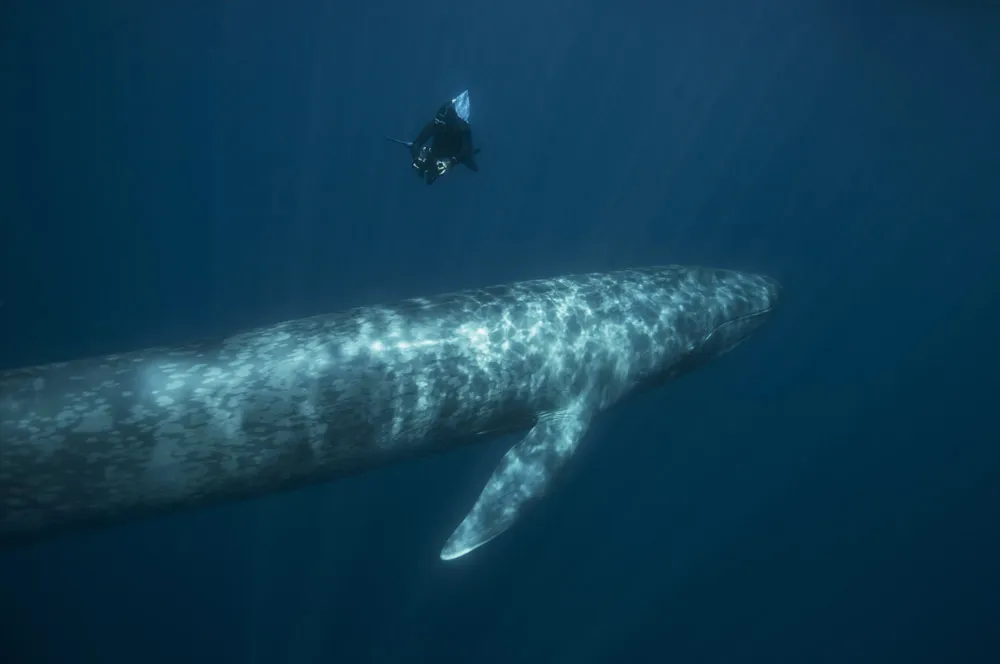
The largest animal in the world is the blue whale. These ocean mammals can weigh up to 190,000kg, reach lengths of 30 metres (98 feet), and have a height of just under five meters (16 feet).
The blue whale is so giant that its heart weighs as much as a small car and the arteries of its heart are so large that the average person could swim through them.
A blue whale’s brain can weigh up to 6.8kg, making it the second-largest brain in the animal kingdom behind the sperm whale.
The giraffe, though, takes home the award for the tallest land animal and can measure up to 4.8m.
Largest reptile in the world: Saltwater crocodile
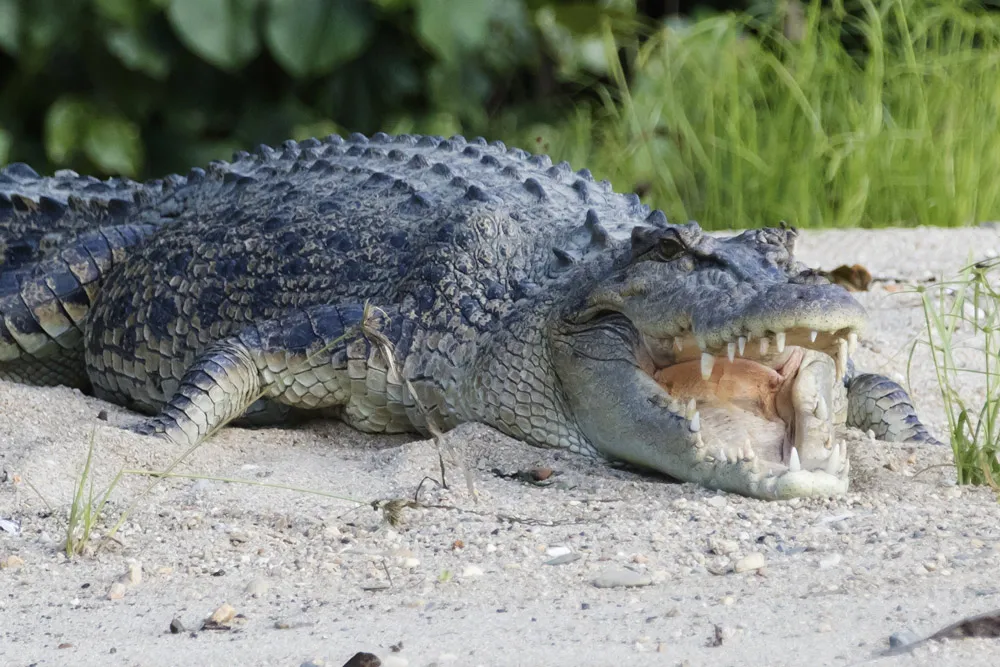
The saltwater crocodile is the largest reptile on Earth. A male ‘saltie’ can grow up to 7 metres in length and weigh up to 1,000kg.
You’ll find the saltwater crocodile in the wild in eastern India, Southeast Asia, and northern Australia. They have the second-most powerful bite in the world, behind the Nile crocodile, at 3,700psi.
Unfortunately for us, these massive reptiles are also one of the most dangerous animals in the world and kill up to 1,000 humans a year (along with the rest of the crocodile family).
Largest bird in the world: Ostrich
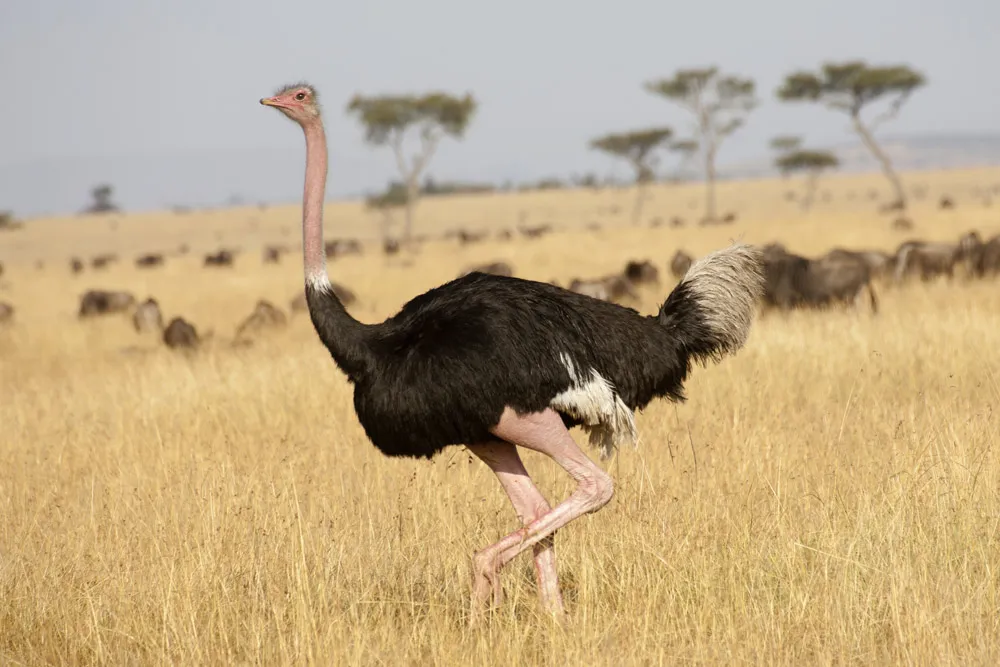
The biggest bird on Earth is the common ostrich. A male ostrich can grow up to around 2.75 metres in height and weigh up to 156kg. A female ostrich is typically smaller, measuring around 2m at a maximum height. The bird is so big, in fact, that it cannot fly but it can run at a top speed of around 70km/h in short sprints.
Ostriches can be found in Africa, typically in the open areas of the savannas and deserts. Somewhat surprisingly, the common ostrich is said to have the biggest eyes of any land animal – around 5cm across.
Read more:
- The loudest creatures in the animal kingdom
- Weird animals: 17 of the most bizarre animals on Earth
- Blobfish: Facts about the world's ugliest animal
Largest fish in the world: Whale shark
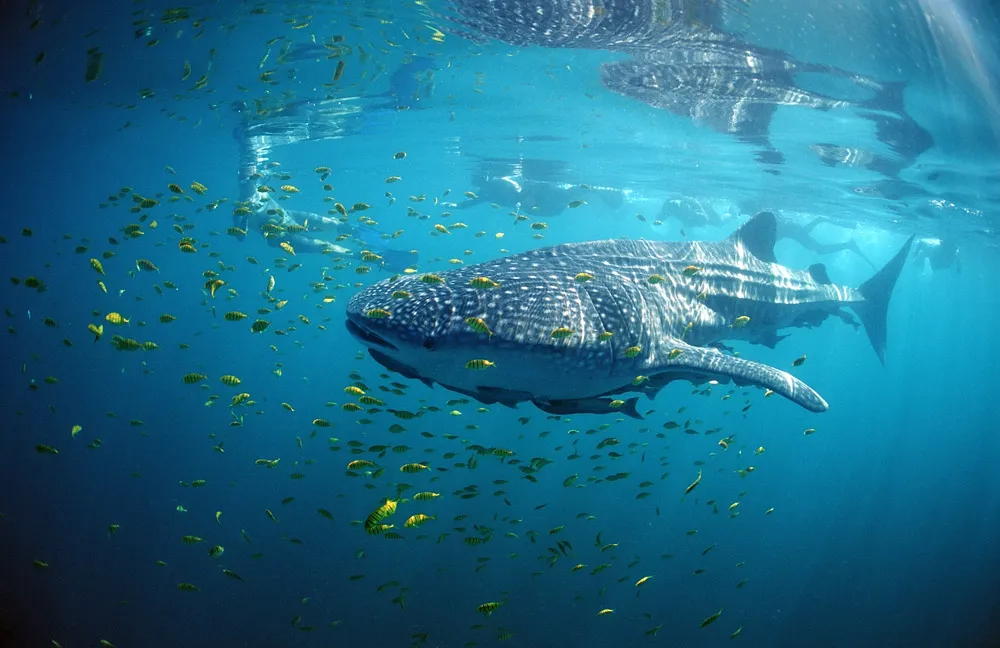
The whale shark is the biggest fish on Earth. A female whale shark can grow to an average length of 14 metres, with the longest said to reach a staggering 21.4m. They can weigh as much as 18,144kg.
Just as with many whales, the whale shark is a filter feeder and eats plankton, krill, and small fish. A whale shark’s mouth can be as wide as 1.55m.
One surprising fact about the world’s biggest fish is that its eyes have tiny teeth on them, these help them swim faster by reducing drag and turbulence underwater. They’re found worldwide but tend to stick to warmer seas and the open ocean.
Largest spider in the world: Giant huntsman spider

The biggest spider on Earth is the giant huntsman spider and it can have a leg span of up to 30cm. Definitely not one for the arachnophobes.
Found in Laos, the giant huntsman spider not only has a leg span of up to 30cm but can have a body length of 4.6cm. You’re not going to miss spotting one of these on your living room wall. Luckily, though, the giant huntsman spider lives in caves so you shouldn’t find one crawling on your ceiling.
The goliath bird-eating tarantula, meanwhile, can also be considered the largest spider on Earth thanks to having the highest weight of 170 grams.
Largest snake in the world: Green anaconda
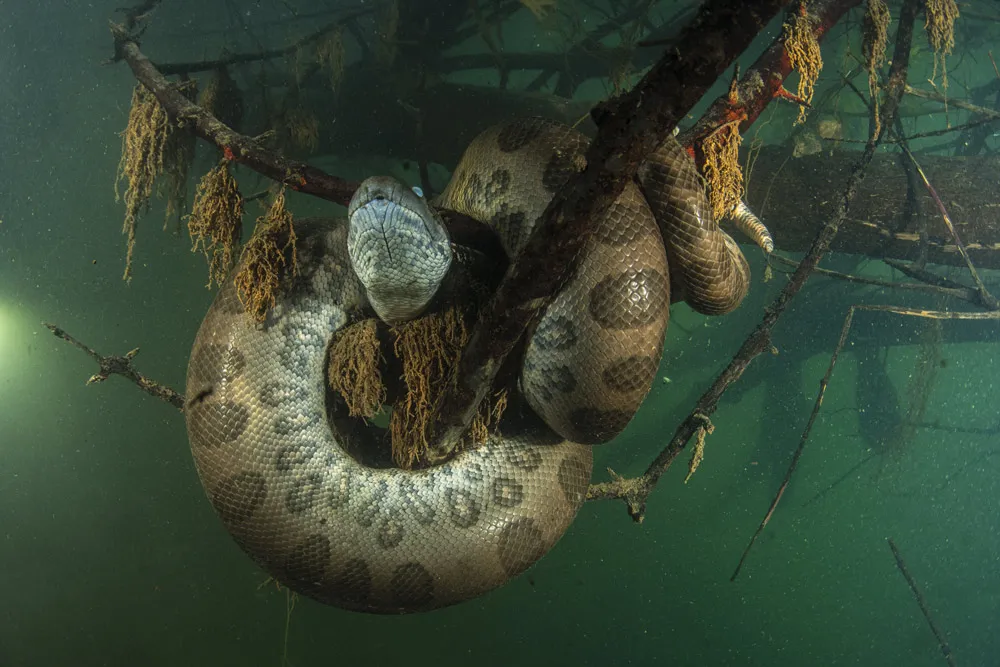
The largest snake on Earth is the green anaconda. Otherwise known as the giant emerald anaconda, this massive snake is the heaviest of the species and can weigh up to 250kg and can measure a whopping 9.1m.
Confusingly, the green anaconda isn’t the longest snake on record. Reticulated pythons can grow even longer and one was found in 1912 that measured 10 metres. When taking weight and length, though, the green anaconda is the largest.
Found in a large portion of South America, including most of Brazil and its surrounding nations (and on Trinidad in the Caribbean), the green anaconda constricts its prey before swallowing it whole and has been known to eat animals as large as jaguars, caiman, and small deer.
Largest lizard in the world: Komodo dragon

The biggest lizard on Earth is the Komodo dragon. It can grow up to around 3.1 metres in length and weigh up to 150 kilograms. One male Komodo dragon can be nearly as long as two average men combined.
The female Komodo dragon is shorter but still can measure up to around 1.8m in length. They can be found in the wild on just five islands in the Indonesian archipelago.
So large as it is, the carnivorous and venomous Komodo dragon hunts large mammalian prey including smaller reptiles, birds, deer, pigs, water buffalo and even tries its luck against humans. Prey, alive or dead, can be located by the Komodo dragon up to 8km away.
Read more:

